Hổ Quyền (Tiger Arena)
Perhaps the only one of its kind, the nearly-forgotten site once held mortal (and rigged) gladiatorial games between tigers and imperial war elephants.
From 1802 to 1945 during the reign of the Nguyễn dynasty, Huế was Vietnam’s royal capital. One of the most popular destinations in Vietnam today, it is home to the Imperial City, a UNESCO World Heritage Site since 1993, as well as the Thiên Mụ temple complex and numerous mausoleums of Nguyễn emperors.
Almost across the Perfume River from the Thiên Mụ temple, however, there is also an unusual historic site overlooked by most visitors. Walk along the narrow residential alleys of the Trường Đá village and it will soon reveal itself all of a sudden, at the end of the street: the Tiger Arena, a huge enclosure surrounded by 16-foot-tall walls.
While it may look like an ancient Roman arena, the site once held mortal combats even more intriguing and perhaps cruel than gladiatorial games. Hổ Quyền, known in English as the Tiger Arena, is a simple name that describes it best. It was, in fact, where the emperor trained his war elephants by making them fight feral tigers.
Historically, elephants and tigers were made to fight to the death and sacrificed to the gods during a royal festival, and the records from 1750 state that the Nguyễn lords watched a most brutal battle commence on the Perfume River, where 40 elephants slaughtered a total of 18 tigers. The festival was usually held once a year, and while its original purpose was to train the imperial war elephants, it later developed into a form of royal entertainment.
Sometimes, there were incidents in which the emperor or his courtiers were put in danger. Once, a courtier was killed by an elephant after getting attacked by a tiger and falling into the fighting pit. In another instance, a tiger escaped the fight and came swimming toward the emperor, who managed to use an oar to repel the beast.
Following such incidents, the Minh Mang Emperor ordered his people to construct an arena west of the Citadel in 1830, so that he and his men could watch the games safely. The completed Hổ Quyền was a massive structure, a donut-shaped open-air arena enclosed by tall stone walls. As an added safety measure, the poor tigers were defanged and declawed, in order to ensure that the imperial elephants would win.
The last match was held in 1904 during the reign of Thành Thái, a dramatic fight much recorded by the contemporaries. After the fall of the Nguyễn dynasty, the arena was all but abandoned, falling into ruin but still standing.
Know Before You Go
Today, the historic relic can be visited for VND 50,000, from 7 a.m. to 5 p.m.
The Atlas Obscura Podcast is Back!





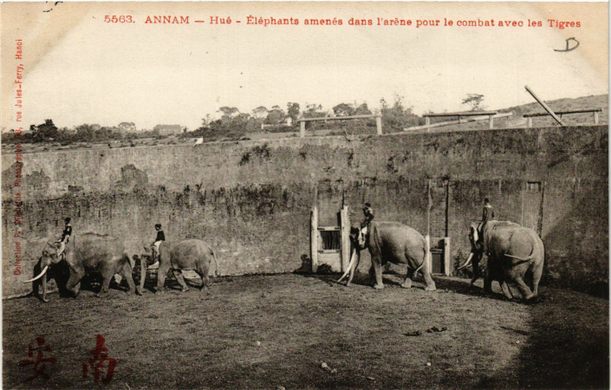
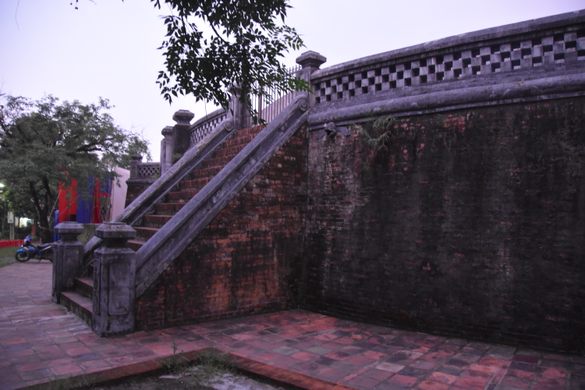






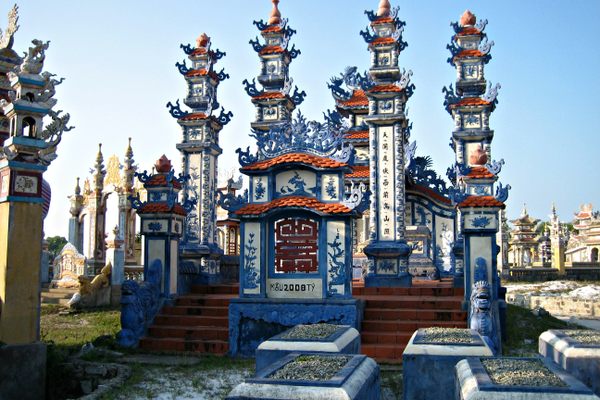
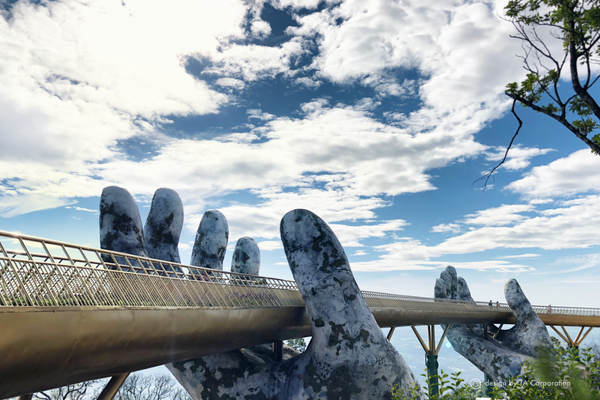
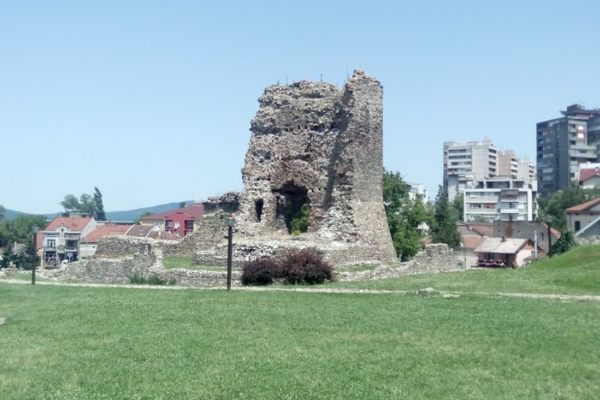

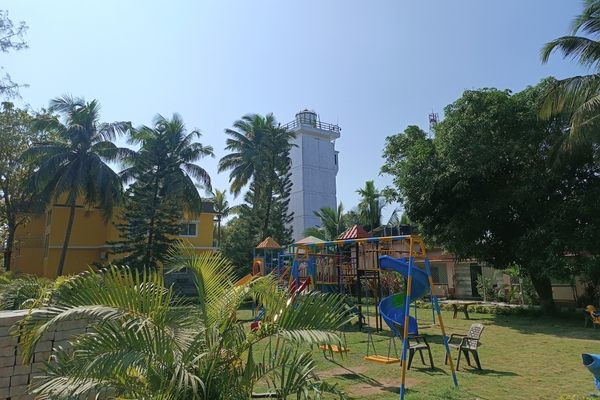


Follow us on Twitter to get the latest on the world's hidden wonders.
Like us on Facebook to get the latest on the world's hidden wonders.
Follow us on Twitter Like us on Facebook